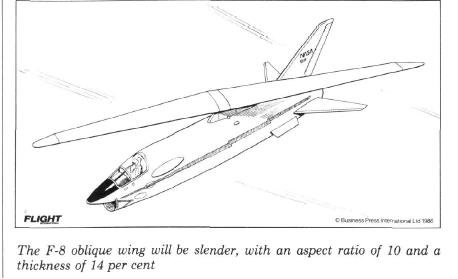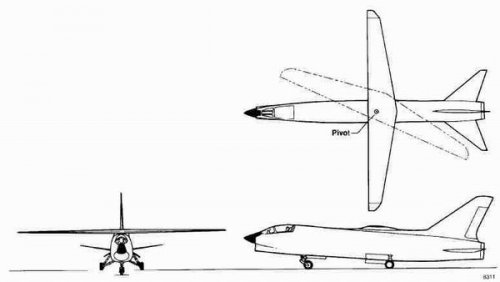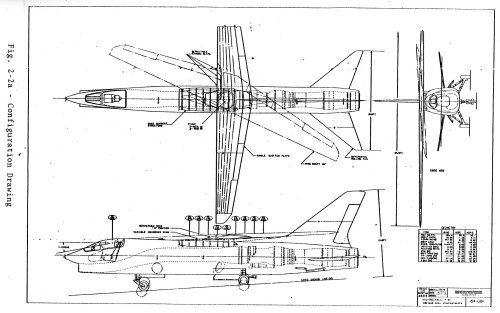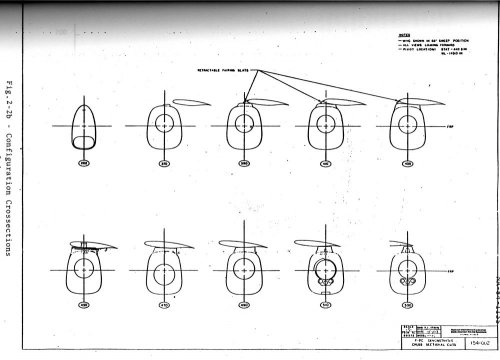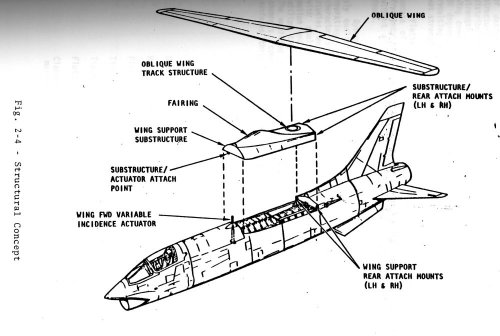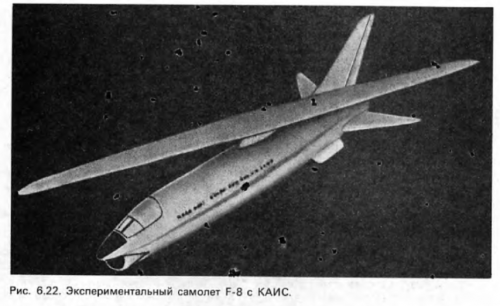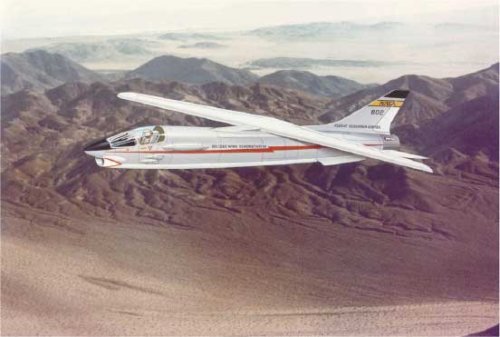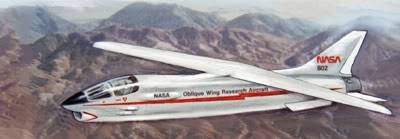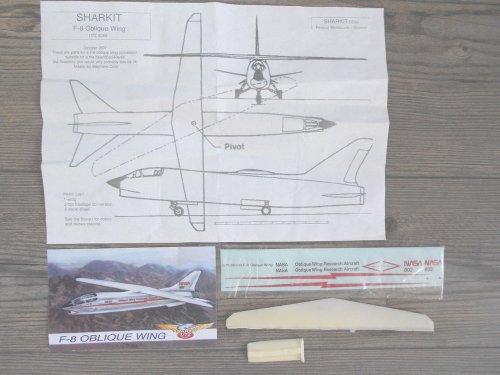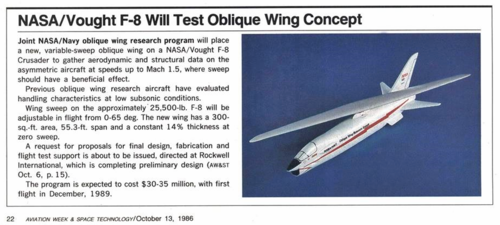- Joined
- 26 May 2006
- Messages
- 32,688
- Reaction score
- 11,912
Hi,
the Rockwell studied in 1986 to developed the Vought F-8 Crusader
aircraft into an oblique wing aircraft with a more slender wing.
http://www.flightglobal.com/PDFArchive/View/1986/1986%20-%203119.html
the Rockwell studied in 1986 to developed the Vought F-8 Crusader
aircraft into an oblique wing aircraft with a more slender wing.
http://www.flightglobal.com/PDFArchive/View/1986/1986%20-%203119.html

